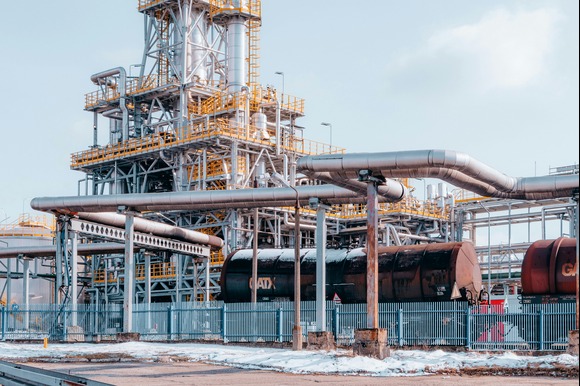
By Kskhh
Around 200,000 people have been forced to evacuate as devastating floods sweep through large parts of Pakistan’s Punjab province, disaster authorities confirmed on Wednesday.
Rescue teams have been ferrying stranded residents to safety in boats after officials issued warnings of “exceptionally high” flood levels along the Ravi, Sutlej, and Chenab rivers. Several flood-hit districts have called in army reinforcements to support relief operations.
The deluge follows an announcement by Pakistani officials that India had notified Islamabad of its decision to release excess water from upstream dams, a move that has triggered flooding in Pakistan’s most populous province.
Both South Asian nations have been battered by unusually intense monsoon rains this season. Since June, more than 800 people have died in Pakistan alone, while hundreds of thousands more have been displaced.
Pakistan’s National Disaster Management Authority (NDMA) has urged residents in at-risk zones to stay clear of rivers, drains, and low-lying areas, where water levels continue to rise dangerously.
Prime Minister Shehbaz Sharif said the federal government would work closely with provincial administrations to minimize the risk of disaster, particularly in heavily populated urban centers such as Gujarat, Sialkot, and Lahore, the country’s second-largest city.
Sialkot has recorded unprecedented rainfall, with more precipitation in a single day than any previous 24-hour period in nearly five decades, according to Pakistan’s top meteorologists. Streets, homes, and vehicles were left submerged, and thousands of residents remain trapped.
Planning Minister Ahsan Iqbal said many residents in the city were stranded. In rural districts, rescue workers have been going door-to-door, relocating villagers and their livestock by boat. Local officials told Reuters that more than 32,000 people had been rescued in recent days.
The BBC accompanied a rescue mission in Kasur district, near the Indian border, where hundreds were evacuated after the Sutlej River breached embankments, destroying homes and sweeping away protective walls.
Not all residents agreed to leave. One villager, Nadeem Ahmad, refused to evacuate, saying repeated displacements had ruined his family financially. Gesturing to his herd of cattle and stacks of fodder, he explained: “I am already using the hay meant for winter. We cannot afford to start over again.”
Others reluctantly accepted help from relief workers, sheltering in makeshift camps or with relatives on higher ground. On one rescue boat, more than 20 men, women, and children huddled together, including a young mother cradling her two-month-old infant as the vessel cut through muddy floodwaters.
For many families in Pakistan—where over 40% of the population lives below the poverty line—the floods are not only deadly but also ruinous, stripping them of homes, livestock, and livelihoods.
This helps explain why large numbers of residents have been unwilling to leave, despite the risks. In one village of about 3,000 people, located two hours from Lahore, roughly half the population chose to stay behind, according to local disaster officials.
Authorities said Wednesday’s flooding coincided with India’s controlled release of dam water upstream. When Indian reservoirs reach critical levels, sudden discharges can unleash surges of water downstream, inundating vast areas of Pakistani Punjab. Officials said this was precisely the scenario now unfolding.
India’s advance warning was seen as a rare act of direct communication between the two nuclear-armed rivals, whose relations remain fraught. The two countries engaged in their most serious military confrontation in decades just three months ago.
Both nations have been hit hard by climate extremes this year. On Tuesday, in Indian-administered Kashmir, at least 30 people were killed when a landslide buried vehicles on the road leading to the Vaishno Devi Hindu shrine, a major pilgrimage site.
As rescue operations continue on both sides of the border, the floods underline the vulnerability of millions in South Asia to increasingly severe monsoon patterns, made worse by climate change.




